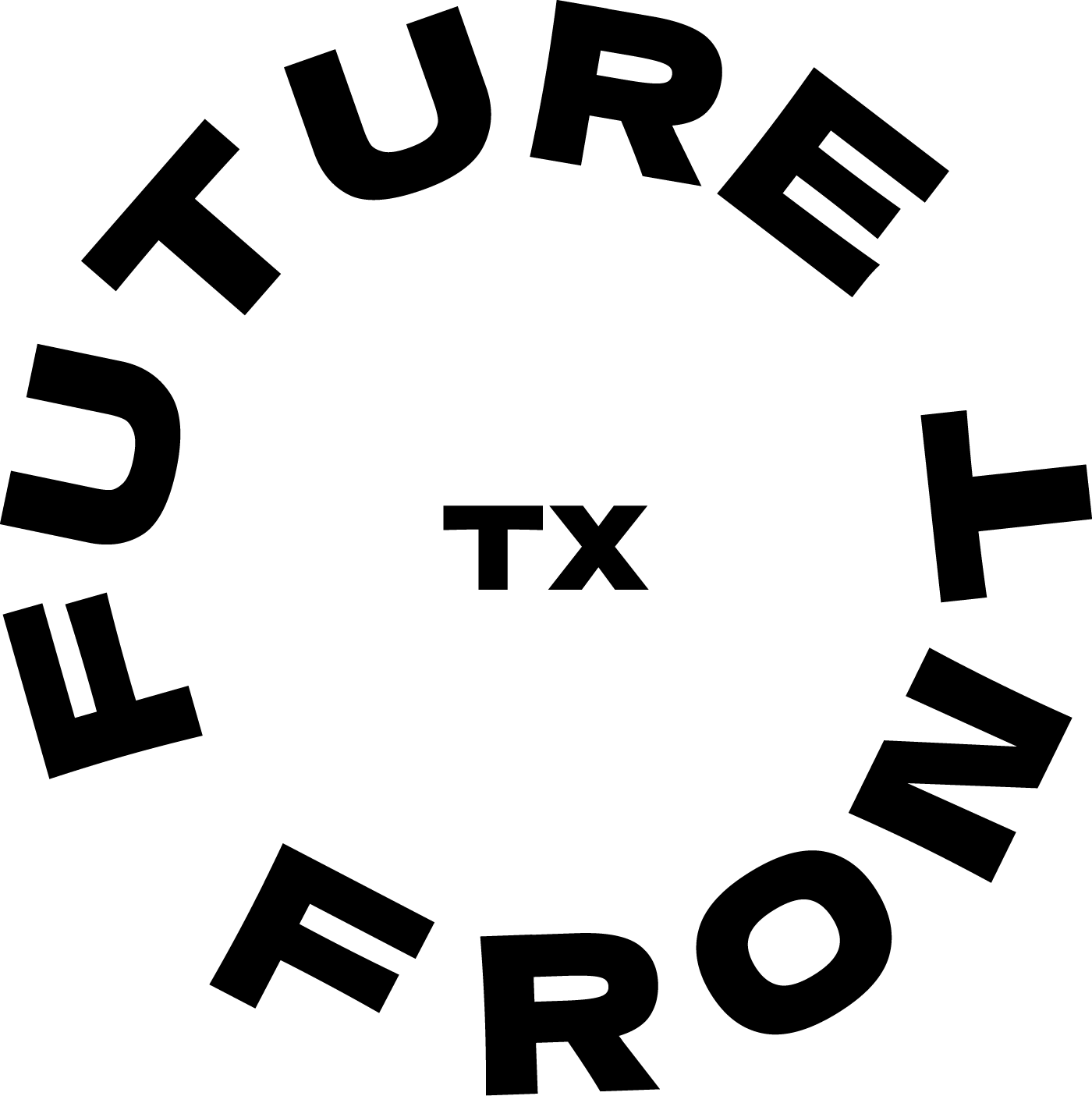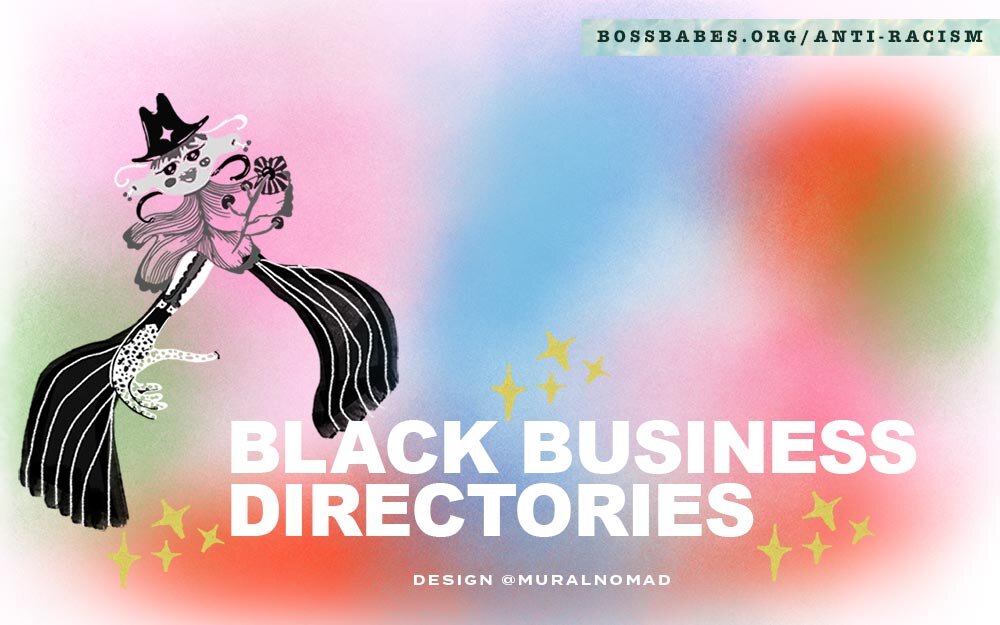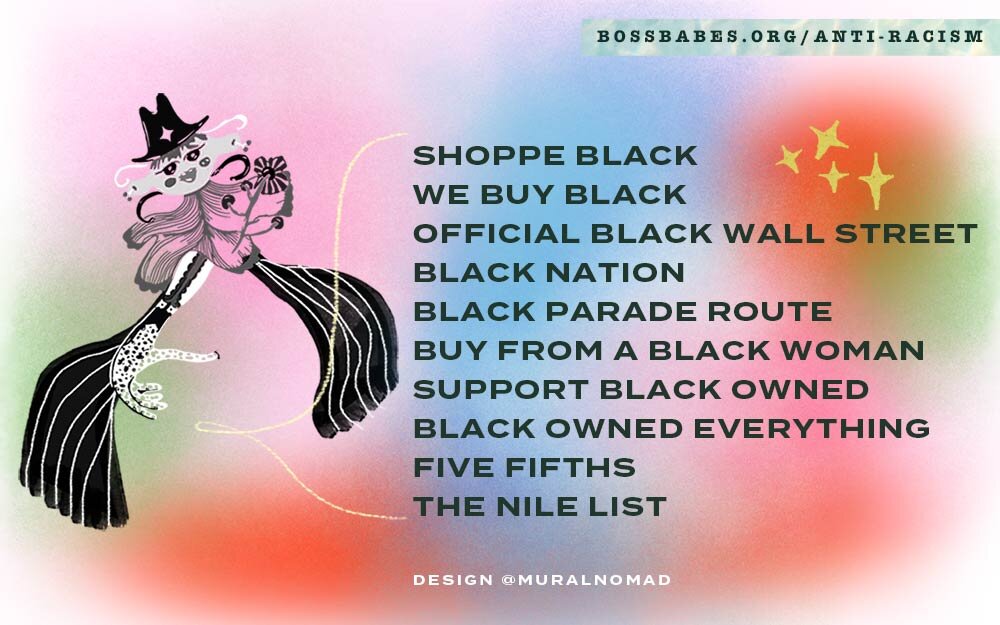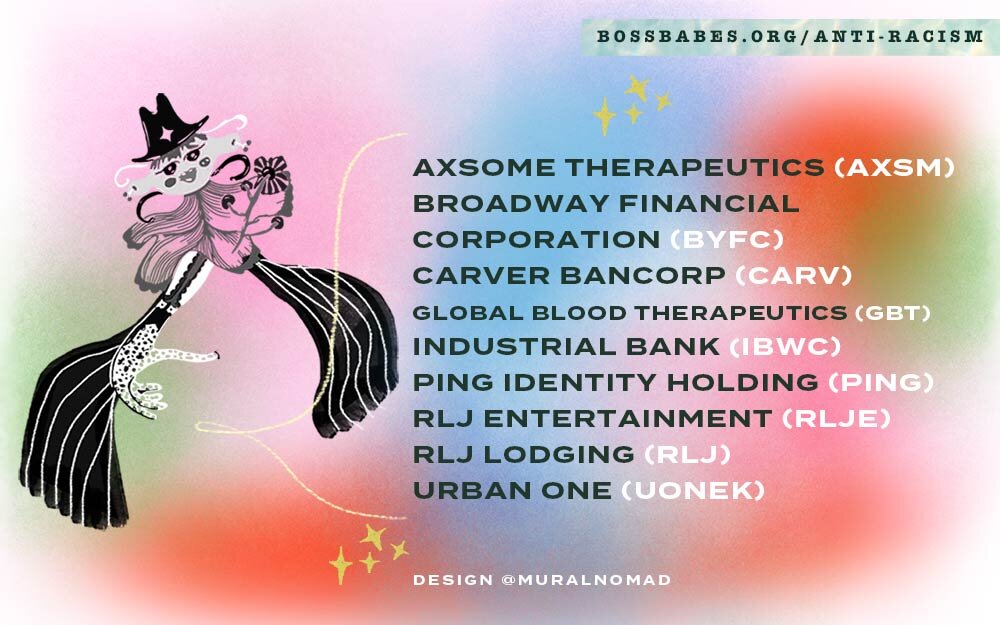On Bridging the Gap Between Art and Technology: An Interview with Lina Zuluaga
Every year, bbatx curates a monthly residency highlighting the work of 10 to 15, Texas-based women and nonbinary visual and musical artists that create work and perform in our programs. As we move to take our programs online, we’ve partnered with Bumble to launch a digital version of The Residency. From now through November 1, 2020, you can tune in for weekly mixes, visuals and workshops from 16 women and nonbinary artists and DJs.
Today, we’ve got an interview with Lina Zuluaga, the visual artist and digital designer behind Mural Nomad. In conversation with bbatx committee member Diamond Hawkins, Lina speaks about how she got into front-end developing as a designer, persevering through mental blocks and the future of our relationship with technology.
Photo of Lina taken by Stefania Antonucci.
ABOUT LINA ZULUAGA (Mural Nomad):
Mural Nomad is a project by artist Lina Zuluaga, a Colombian designer & user interface engineer based in Austin, Texas. She is interested in our relationship with technology and uses a blend of hand & digitally made images to create abstract moments in time. She uses symbols and nonlinear storytelling and has been inspired by art history, technology, cartoons, music and new art processes.
Tell us a little bit about yourself. :)
My name is Lina, and I am originally from Colombia. I moved to the United States as a kid with my parents and was raised in North Carolina. I went to design school and that’s basically what birthed my love for art and design, along with the fact that my grandmother was a seamstress. I would draw with her all of the time, so that’s one of my big inspirations. And then, I got into a lot of technology through design. And I worked—I still work—full-time as a developer. I was a freelance graphic designer, but I always kept drawing. That was what I did when I was going through tough times. I would always be like, I can drink or I can draw!, so I’m glad that I had that, you know? It’s just something that releases creativity and stress. I’m still always trying to explore drawing, not just by hand but also digitally. That’s what keeping me sane right now in this time of isolation.
How do you bridge the gap between art and technology—both in your work and your everyday life?
I’m really into both extremes and exploring our relationship with technology. I’m learning augmented reality right now, and I’ve always said that my drawings are places that don’t exist, something that serves as an escape. To be able to say that I’m doing that actually feels like I bridged that gap. And then the other side of it is, How do I get away from all of this technology? How do I make friends without having to be on the Internet? Stuff like that, making community through the Internet. Which was something that I think everyone initially thought about the Internet. Oh, we’re all going to be connected, it’s going to be so easy. It’s not until times like right now when we’re all locked up inside of our homes and we have to video chat with our families. Like, I’ve never video-chatted with my family. I guess I could have everyday, but now I’m like Hey mom, want to Google Hangout? Or to my friends whom I used to text all the time, now I actually just want to see them. All of these digital concepts that are going on are so interesting to me.
I am still figuring that out how to get away from all of this, because I don't really know. One good way to get away from it while also simultaneously being in it is that game that everyone’s playing right now, Animal Crossing. It’s this island that you go into and you develop all of this… this stuff. It's like The Sims. So then I started looking at video games, and I'm like, is this what it’s going to be?
I mean, hopefully COVID goes away. I hope that we all make the right decisions so that it can go away faster. But it just makes me think about us here, in real life, while also being in another place that is built by technology or virtual reality. That seems so crazy, but now that we're all at home, everyone’s kind of getting used to communicating through digital means. I am obsessed with technology. I like to think that most of the friends that I've made in the community that I've built has been through a digital platform. I have friends that I've never met, but we FaceTime all the time. But it’s also important to try to find a way to stay away from it.
How did YOU become a front-end developer?
One of the reasons why I wanted to go into developing is because my husband is a developer, and he was like, You can do this!, and I was like, I don't know. I'm more of a visual person, you know? But he encouraged me to go for it. So I went to a bootcamp, and it was the hardest thing I've ever done, but I pushed through it. I kept telling myself that I could do it, and I think that my emotional intelligence was what people really liked about me.
I'm still learning so much, though. It’s so weird to go from being the designer to being the developer; it’s weird how some developers talk. I have already had to work with some people who are just the worst. There's a stereotype around male developers and how they speak to female developers. I’ve had experience with the good ones and the bad ones. It’s just all about emotional intelligence—that’s all it is. It all comes down to communication style, empathy, getting together and problem-solving. That’s been very interesting to note as a visual person. Development has taught me to stick with something until I finish it. And I was eventually like, Wow, I see results!
I’m that creative person that will always give you your files on time, but at the same time, when I’m actually drawing something, I'm all over the place because I’m not interested in realism. I’m not interested in portraits. I think a lot of people do beautiful portraits, photographs and paintings. But I want to tap into something that’s not there but that you can still organize, that’s a little bit more chaotic. Because in real life, I need things to be organized.
Photo taken by Stefania Antonucci.
What are the main inspirations behind your work?
The project that I’ve been working on for a couple of years, Mural Nomad, started as me wanting to make drawings that weren't paintings, meaning that I didn't want to make work that you had to frame with a heavy frame. I wanted to make something that was big but easy to carry. So I was like, tapestries! I’ve never worked with textiles, but that’s how it started. It allowed me to just keep drawing. Once I was done with that process, I had questions like, Who's going to print them? How am I going to sell it? So I set up my store. But I think it was more for exploration of different mediums and how to get my drawings out of paper and into digital things or printing on different surfaces, just to see how it’d look.
I started printing scarves since you can use them for many different things. I was in the process of talking to a printer before all of this happened, so hopefully I'll still be able to do that—to actually print something physical and for people to not to be afraid to touch it. I would like to print out zines with my work and then tie that into the work that I'm doing with augmented reality. In a way, it’d be this book, but also an escape. That’s what I'm doing right now, so I'm excited. I’m excited to share it in the near future.
HOW DO YOU GET THROUGH MENTAL OR ARTISTIC BLOCKS?
I am very a curious person and that comes with having way too many lists and way too many things to do. To the point where it's like, Alright, I can’t do any of this, so I'm just gonna sit and stare at the wall for like, four days, and hopefully this will lead me somewhere. But I get through it.
If I don't feel like making anything, I just don’t. I can't force myself. When I started learning augmented reality, I went to a couple of workshops, but I just couldn't. When things weren't working for me, I was just like, Okay, I'm not even gonna try to figure this out. I'm done. But I've taught myself that when I get confused like that, it is because I'm actually learning something. I have come to realize that I just need to push through that feeling. If I just hold on for a little bit longer and push through, then it actually helps me to finish something. There's a lot of self-talk, like, Okay, you gotta do this, you gotta do this.
When I feel stuck, I just remember that life is also just about being here. It's not always about making something, producing something, doing something. I am a person that wants to do a lot. So I have to be like, okay, stop, relax, come back, and give it another try. Slow and steady wins the race is what I always tell myself.
WHAT HAS BEEN YOUR JOURNEY WHEN IT COMES TO PROGRESSING YOUR ART AND FINISHING WHAT YOU START?
I don’t know if anyone’s a genius, but I think that everyone has the potential to be if we just finish our ideas. And that’s the hardest thing ever. I look at my notebooks from college, and the ideas I was writing about back then are so similar to how I still feel. I always ask, Why didn’t I do this then?, but you can’t dwell on those things. You just have to note that it’s still present. A great painting doesn’t take a year to make, like a painting from The Renaissance. People used to work on the same painting for like, eight years, and that’s so crazy to me.
I had a drawing that I started while I was living in New York that I hated, so I put it away for three years or so. But then I took it out and realized that it wasn’t bad, so I started drawing on it again. I had never done that. I started going back to my drawings once I realized I can layer on top of them. But usually if I’m drawing something, I want that to be the piece, but going back to it is really good.
What would you tell your younger self?
I would tell my younger self to stop caring about where I'm going to end up as much as what I'm doing. Because that's going to be more important. Not so much about where you're going to end up, but to care more about what you're doing in the present. That’s so hard to remind yourself just because of the world that we live in.
Sometimes you’re just going and going and going and you don’t really think about why, you just kind of go wherever. Which is cool, because opportunities show up when you least expect them, and everyone says that you just have to be ready for those opportunities. But we often get so wrapped up in this, so much so that you miss opportunities.
A couple weeks ago, I got into an accident. This person ran a red light and smashed into our car. We were going to go get groceries and he totaled both of our cars. I was having a panic attack through the whole thing, but the whole time I was still thinking that I was overreacting. But this shit is crazy! I felt like something was shaken out of me in that moment. It made me think about how none of this other shit matters. I could’ve died.
The more I live, the more I’m like, Okay, I need to weed out all this noise and really just focus on not just me, but on life and living. And then, that would make what I make—my life and art—that much more meaningful.
Take a look at Lina’s visuals showcasing resources for Black folx and how to support Black-owned small businesses.
We’ll be showing Lina’s visuals during all of our virtual events in August, accompanied by a mix made by fellow bbatx resident artist, DJ La Moon. :) For more info on our upcoming events and how to RSVP, head to bossbabes.org/comethrough.














